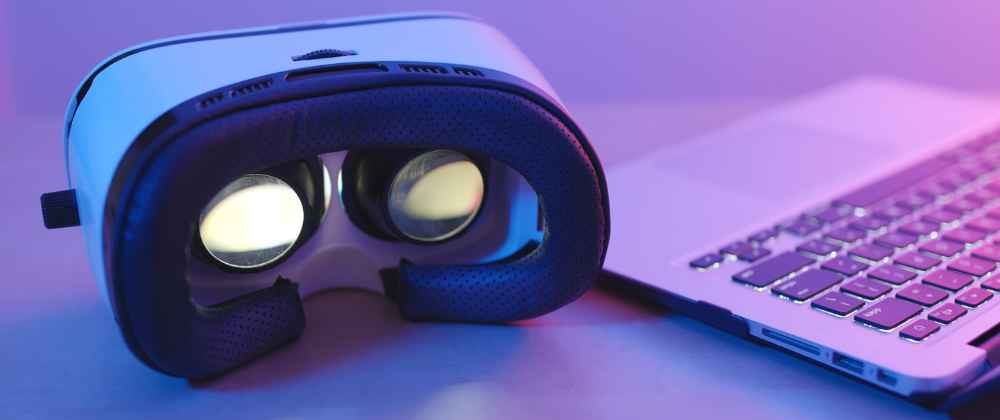The gaming world never stops evolving. As game developers push boundaries, creating ever more immersive and graphically stunning games, gamers face a challenge. The laptop that managed last year’s best titles with ease may stumble with this year’s new releases. An outdated machine can tarnish the gaming experience, causing lags, frame drops, and other frustrations.
A staggering 37% of gamers have reported hardware limitations as the main reason for an interrupted gaming experience, according to a recent survey. The slow load times, graphics that just don’t do justice to the developer’s vision, and the dreaded crash during a crucial game moment – these aren’t just nuisances. They’re completely avoidable tragedies.
In this guide, we’ll demystify the key components of a gaming laptop, laying out the must-haves and nice-to-haves, ensuring that your next laptop purchase delivers the gaming experience you deserve. The quest for the perfect gaming laptop begins here.
Why Specs Matter in Gaming
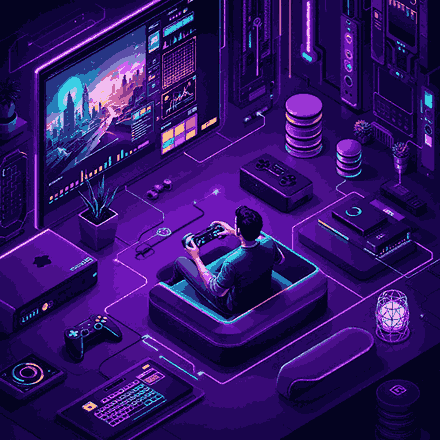
We’ve all been there—staring at the screen, fingers poised over keys, the world of the game beckoning, and then… it stutters. The agony of a lag, a skip, or a crash in a pivotal moment is one every gamer knows too well. But what’s behind these grievances? The answer lies deep within the tech specs of our gaming machines.
a. The Direct Correlation Between Hardware and Gaming Performance:
At the heart of any gaming experience is the laptop’s hardware. A game, at its core, is a piece of software, and like any software, it requires specific hardware to run optimally. Consider this: Nvidia reported that gamers upgrading from a GTX 960 to a GTX 1060 can see performance boosts up to 70%.
That’s not just a minor improvement; that’s a game-changer. It’s not just about speed, but how detailed your in-game graphics can be, how fluid the motion, how instantaneous the response. With every increase in specs, the vast universes of gaming become richer, deeper, and more immersive.
b. The Need for High-Quality Visuals and Uninterrupted Gameplay:
Today’s gamers are not just players; they’re also spectators and critics. According to a Statista report, over 70% of gamers stated that graphics quality is a crucial factor in choosing a game. And why wouldn’t it be? Game developers spend years crafting intricate worlds and storylines. But without the right hardware, these beautiful, painstakingly-created visuals can morph into pixelated shadows of their intended designs.
No one wants to explore a city where the skyline is blurred or battle foes that look like they’ve stepped out of a 90s arcade game. The modern gamer doesn’t just demand high-quality visuals; they deserve uninterrupted gameplay that delivers every time. Hardware that doesn’t meet the mark? It’s not just an inconvenience—it’s an injustice to both the gamer and the game developer.
Processor (CPU)
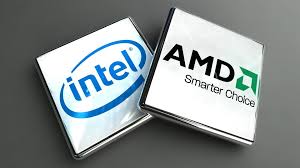
A processor isn’t just the heart of a computer; it’s the very pulse of your gaming experience. Think of a game as a grand orchestra, and the CPU as its conductor. Every gunshot, footstep, AI decision, and physics simulation is orchestrated by the CPU. Beyond this, in the era of streaming, multitasking has become a gaming norm. Running a game, streaming software, voice chat, and perhaps a browser all simultaneously? Your CPU handles that juggling act. If it falters, the performance drops.
Recommended Specs:
Games have evolved, and so have their demands. A dual-core CPU just won’t cut it anymore. At the very least, aim for a quad-core. If you’re pushing for the best, hexa-core processors, like the Intel i7 or AMD Ryzen 7, should be on your radar. These recent-generation CPUs can handle intensive tasks, ensuring your gameplay remains smooth, even in the busiest of in-game moments.
Graphics Card (GPU)
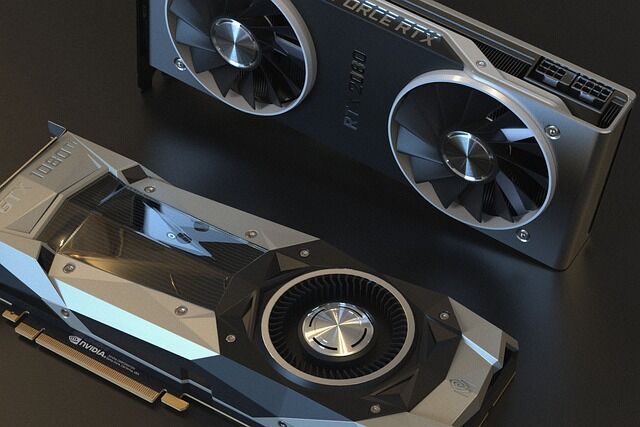
A picture is worth a thousand words, and in gaming, that picture is rendered by the GPU. Every reflection in the water, each blade of grass swaying in the wind, and the intricate patterns on a character’s armor—all of it comes to life thanks to the GPU. It translates the game data into those breathtaking visuals on your screen. Without a robust GPU, you’re missing out on the artistry and immersion crafted by game developers.
Recommended Specs:
The GPU market is a race, with brands vying to deliver the best visual experience. For a gamer who seeks the top echelon of graphics, the NVIDIA RTX series or the AMD Radeon RX series should be non-negotiable. These high-end dedicated GPUs ensure that every detail, shadow, and ray of light is as real as it gets.
Importance of VRAM:
Imagine VRAM as the canvas for your GPU’s paint. It holds textures, frame buffers, and shadow maps that the GPU needs for rendering. More VRAM means a bigger canvas, allowing for richer details and higher resolutions. While 2GB might have sufficed in the past, today’s expansive game worlds demand more. Aim for at least 4GB of VRAM. But if you’re diving into more demanding titles or venturing into 4K gaming? 6GB to 8GB becomes essential to keep your adventures vivid and lag-free.
RAM (Memory)
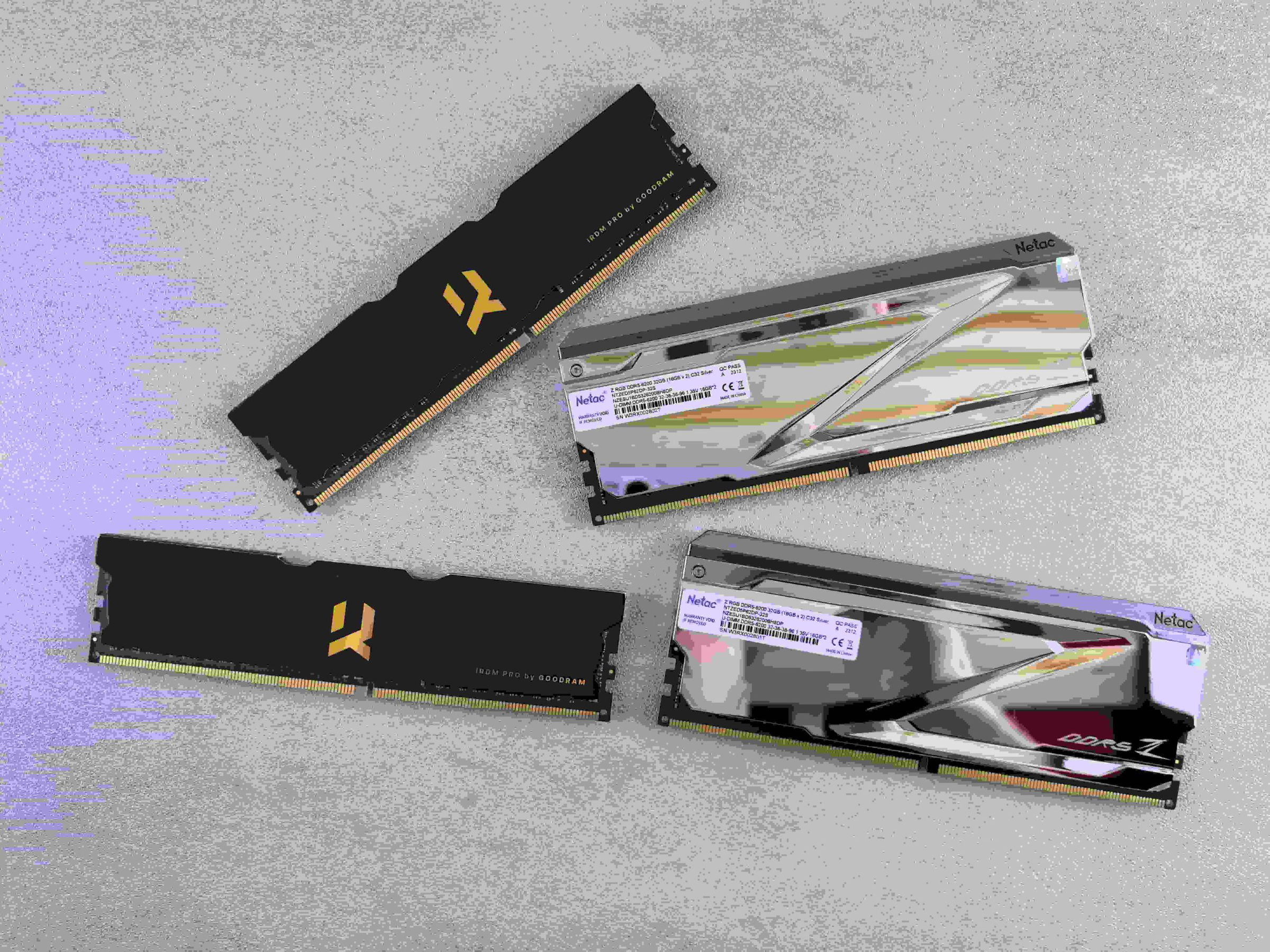
RAM, or Random Access Memory, is your computer’s short-term memory. While the CPU processes, the RAM holds data it may need soon. Think of a chef (CPU) prepping ingredients (data) on a countertop (RAM) – the bigger the counter, the more ingredients ready for use. More RAM allows smoother multitasking and quicker access to game assets, reducing loading times.
In the fast-paced gaming world, 8GB of RAM barely scrapes by. Realistically, modern games, especially those rich in detail and dynamics, require a minimum of 16GB. However, with advancements in game development, opting for 32GB provides an edge and future-proofs your setup.
Storage Solutions
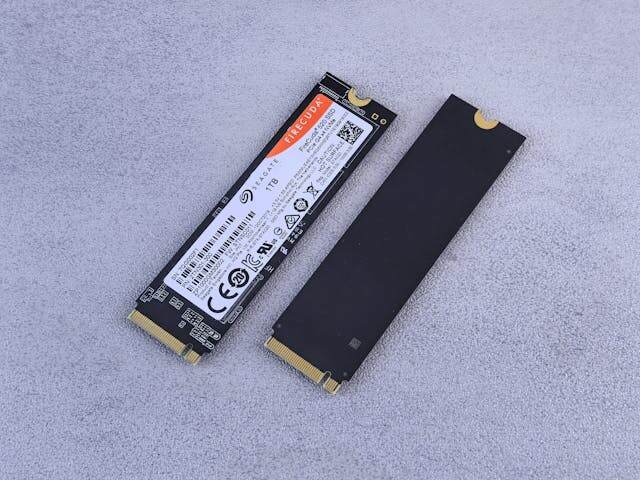
In the storage world, it’s a balancing act. While SSDs blaze through loading screens, they come at a higher price-per-gigabyte than HDDs. HDDs, on the other hand, offer ample storage space but might leave you lingering on loading screens.
SSDs for Faster Game Load Times:
If you’ve ever drummed your fingers during a game’s loading screen, you’ll appreciate SSDs. Specifically, NVMe SSDs. These drives are not just fast; they’re lightning-fast. For a seamless experience, at least a 512GB NVMe SSD is recommended. It ensures games load in a snap and provides a snappier OS experience.
Considering an Additional HDD for Larger Game Libraries:
The sheer size of today’s games (some stretching beyond 100GB) demands space. An SSD might speed things up, but for voluminous game libraries, a supplementary HDD (1TB or more) is a wise investment.
Display Quality
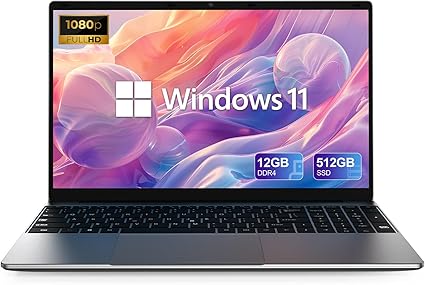
In gaming, seeing truly is believing. A higher resolution offers clearer, sharper imagery. Meanwhile, a higher refresh rate translates to smoother gameplay, especially in fast-paced scenarios. Both combined enhance the visual gaming experience dramatically.
Recommended Specs:
Gaming in 720p is a relic of the past. Today, 1080p is the baseline. Pair this with a 144Hz refresh rate or more, and you’ve got fluid, sharp gameplay. For those with a penchant for detail, resolutions of 1440p or even 4K are enticing options.
Benefits of Technologies like NVIDIA G-Sync or AMD FreeSync:
Ever noticed screen tearing when in-game action gets intense? That’s where G-Sync and FreeSync come in. These technologies synchronize the monitor’s refresh rate with the GPU’s frame rate, offering smoother visuals without tears. It’s not just a tech perk; it’s a visual treat every gamer deserves.
Cooling Systems

Heat is the nemesis of performance. As a laptop churns out those high-end graphics and manages complex tasks, it generates heat. Without effective cooling, this heat can throttle performance, causing lag or even damage. Cooling isn’t just about fans; it’s about maintaining a laptop’s optimum performance environment.
Look for Advanced Cooling Solutions and Multiple Fan Setups:
A good gaming laptop doesn’t skimp on cooling. Multiple fans, strategically positioned heat pipes, and advanced thermal solutions are trademarks of a laptop built for gaming endurance. Some even offer customizable fan controls, allowing gamers to find their ideal balance between cooling and noise.
Battery Life
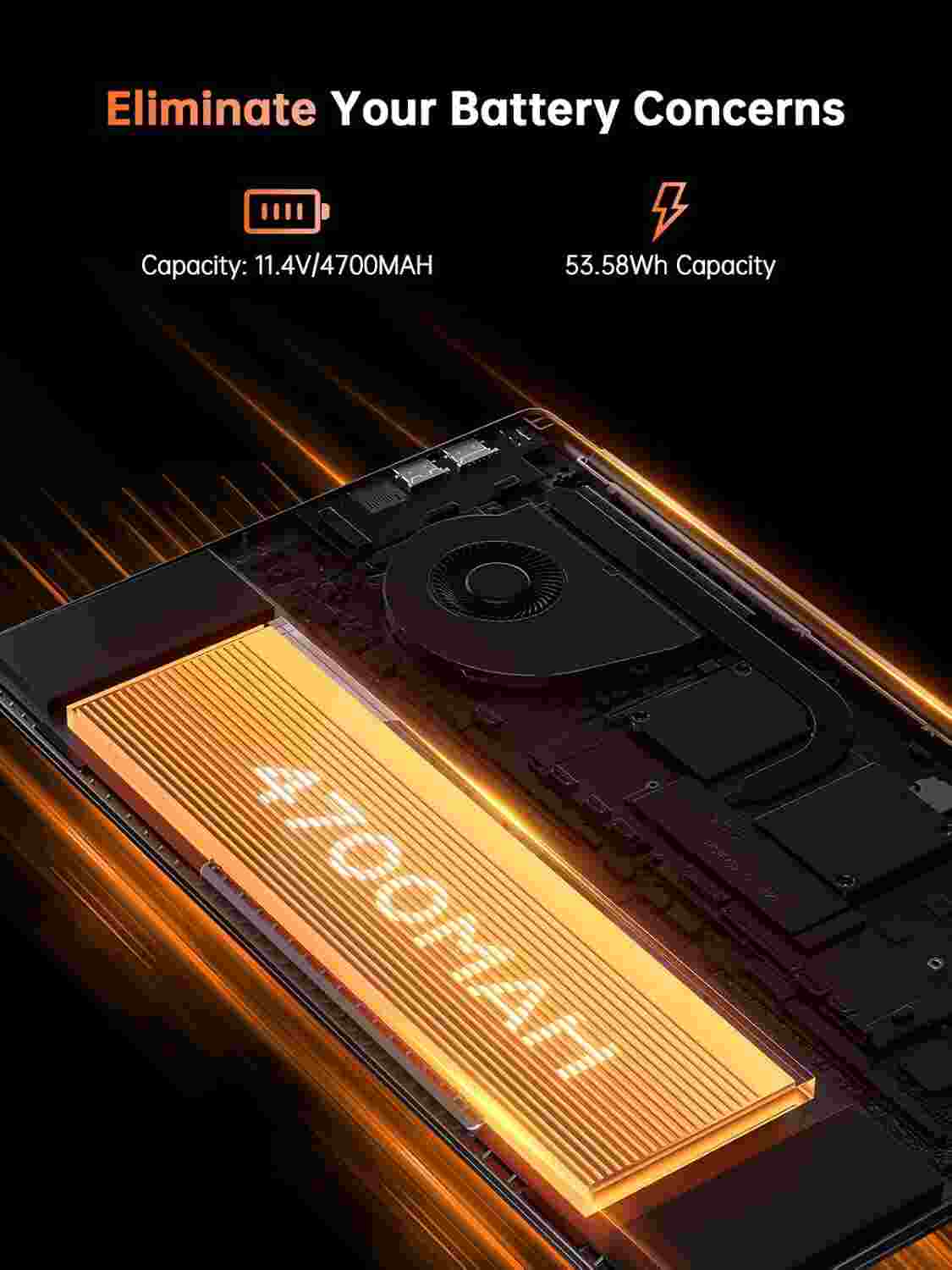
Powerful components demand energy. While gaming laptops pack a punch in performance, this often comes at the cost of battery life. It’s a delicate dance between delivering that gaming prowess and ensuring the lights stay on.
A Larger Battery is Beneficial, But Gamers Should Expect to be Plugged in for Longer Sessions:
A beefier battery can extend playtime, but when pushing a laptop to its gaming limits, the charger will be your best friend. It’s a simple reality of gaming on the go: performance requires power.
Ports and Connectivity

Gaming isn’t just about the laptop; it’s about the entire setup. External keyboards, mice, headsets, and even VR setups all require ports. A lack of them can limit the gaming experience, making port variety crucial.
Recommended: Multiple USB 3.0 or 3.1 Ports, HDMI, Ethernet, and Perhaps a Thunderbolt 3 Port:
USB ports are the bread and butter of connectivity, handling most peripherals. But for a truly immersive experience, an HDMI for larger displays, an Ethernet for lag-free online gaming, and a Thunderbolt 3 for ultra-fast data transfer or connecting high-resolution external displays are key considerations in a top-tier gaming laptop.
Conclusion
Choosing the right gaming laptop goes beyond flashy designs or brand loyalty. It’s a marriage of specs that harmonize to deliver unparalleled gaming experiences. As games evolve, pushing the boundaries of realism and immersion, so must the machines we play them on. But remember, it’s not about having the most expensive laptop, but the one that best aligns with your gaming ambitions and needs.
Take the time to understand the intricacies, from processors to ports, and you’ll not only enjoy smoother gameplay but an investment that stands the test of time. Whether you’re a casual gamer or a pro-level enthusiast, make an informed choice and let the games begin.
